A new 650cc twin joined BSA’s 500cc A7 model in 1949, the latter’s engine being revised along the lines of the new design at the same time. The existing parallel twin architecture was retained for the new A10, with 360-degree crankshaft and single camshaft at the rear of the cylinder block, as was the four-speed gearbox bolted directly to the crankcase in a form of semi-unit construction. Like the A7, the A10 was available with either a rigid frame or plunger rear suspension. Named ‘Golden Flash’, the new 650 was strikingly finished in pale beige metallic. Ever since the model’s introduction enthusiasts have commonly referred to the touring A10 as the ‘Golden Flash’, even when it was finished in alternative colour schemes as in the case here. Before the coming of the Mini in 1959, the average working man would most likely have acquired a motorcycle combination such as this one when the need first arose for family transport. BSA’s dependable A10 was popular with the sidecar boys and this highly original example is attached to a splendid double adult ‘chair’ manufactured by Busmar. Blackpool-based Busmar specialised in sidecars offering ‘saloon car comfort’, giving its models names referring to places in the North of England. Like so many sidecar manufacturers, Busmar saw its market decline severely during the early 1960s, and closed in 1965. We are advised that the machine has been dry stored for 27 years and that the engine is in running condition. The sidecar body is complete, though some of the windows are missing, and the machine is said to be suitable for ‘oily rag’ re-commissioning or more extensive restoration. Offered with old-style logbook and Swansea V5.
A new 650cc twin joined BSA’s 500cc A7 model in 1949, the latter’s engine being revised along the lines of the new design at the same time. The existing parallel twin architecture was retained for the new A10, with 360-degree crankshaft and single camshaft at the rear of the cylinder block, as was the four-speed gearbox bolted directly to the crankcase in a form of semi-unit construction. Like the A7, the A10 was available with either a rigid frame or plunger rear suspension. Named ‘Golden Flash’, the new 650 was strikingly finished in pale beige metallic. Ever since the model’s introduction enthusiasts have commonly referred to the touring A10 as the ‘Golden Flash’, even when it was finished in alternative colour schemes as in the case here. Before the coming of the Mini in 1959, the average working man would most likely have acquired a motorcycle combination such as this one when the need first arose for family transport. BSA’s dependable A10 was popular with the sidecar boys and this highly original example is attached to a splendid double adult ‘chair’ manufactured by Busmar. Blackpool-based Busmar specialised in sidecars offering ‘saloon car comfort’, giving its models names referring to places in the North of England. Like so many sidecar manufacturers, Busmar saw its market decline severely during the early 1960s, and closed in 1965. We are advised that the machine has been dry stored for 27 years and that the engine is in running condition. The sidecar body is complete, though some of the windows are missing, and the machine is said to be suitable for ‘oily rag’ re-commissioning or more extensive restoration. Offered with old-style logbook and Swansea V5.
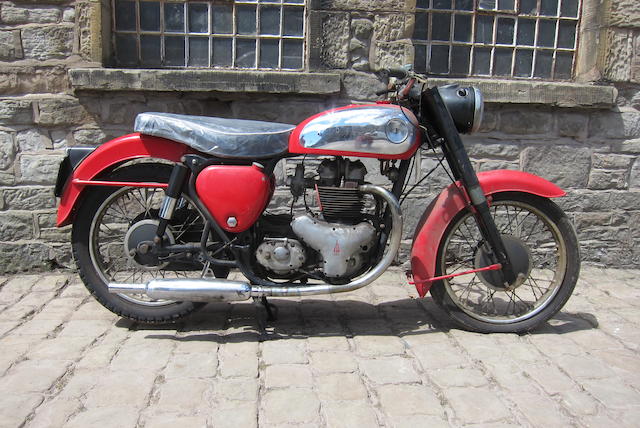
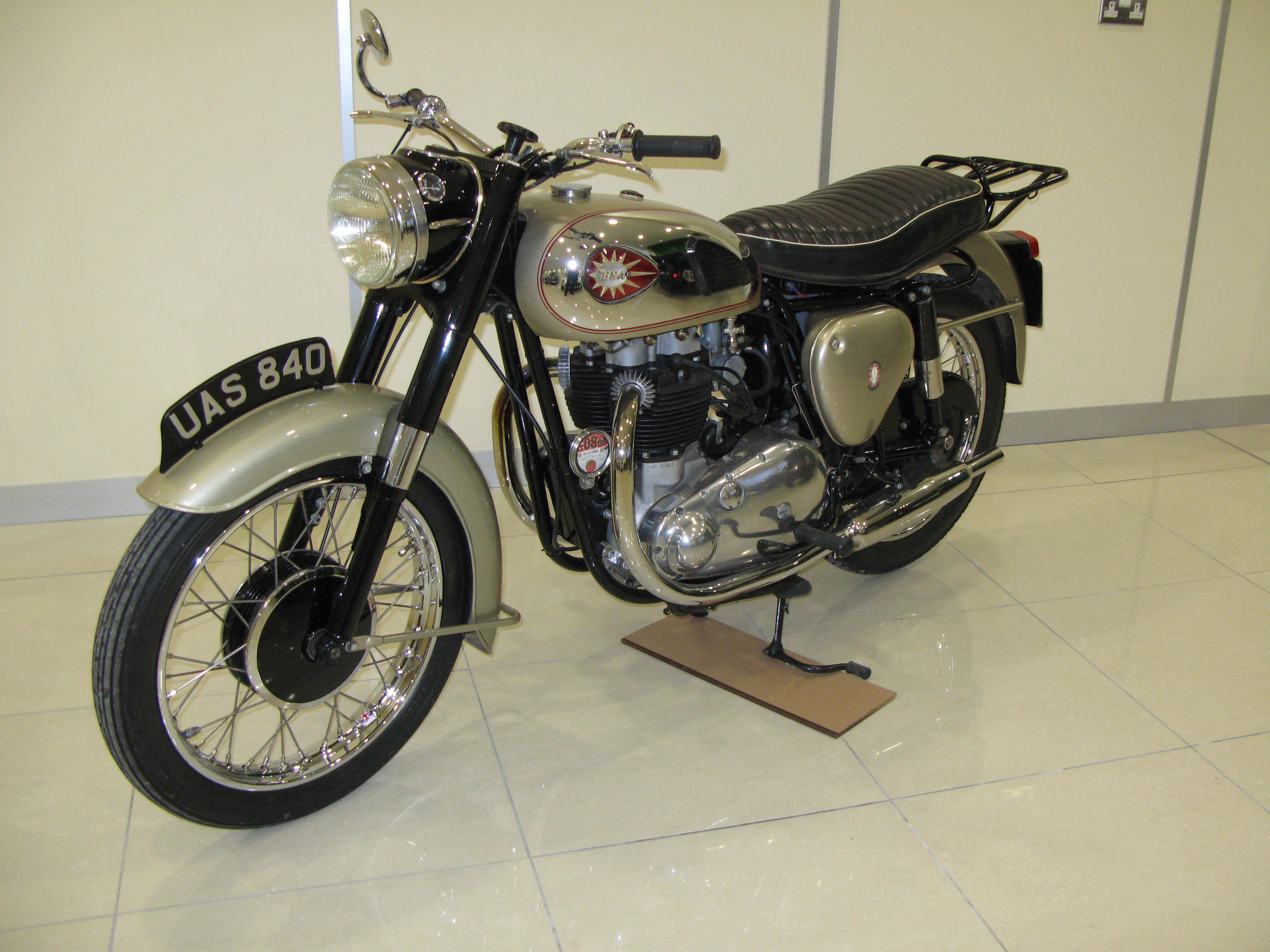
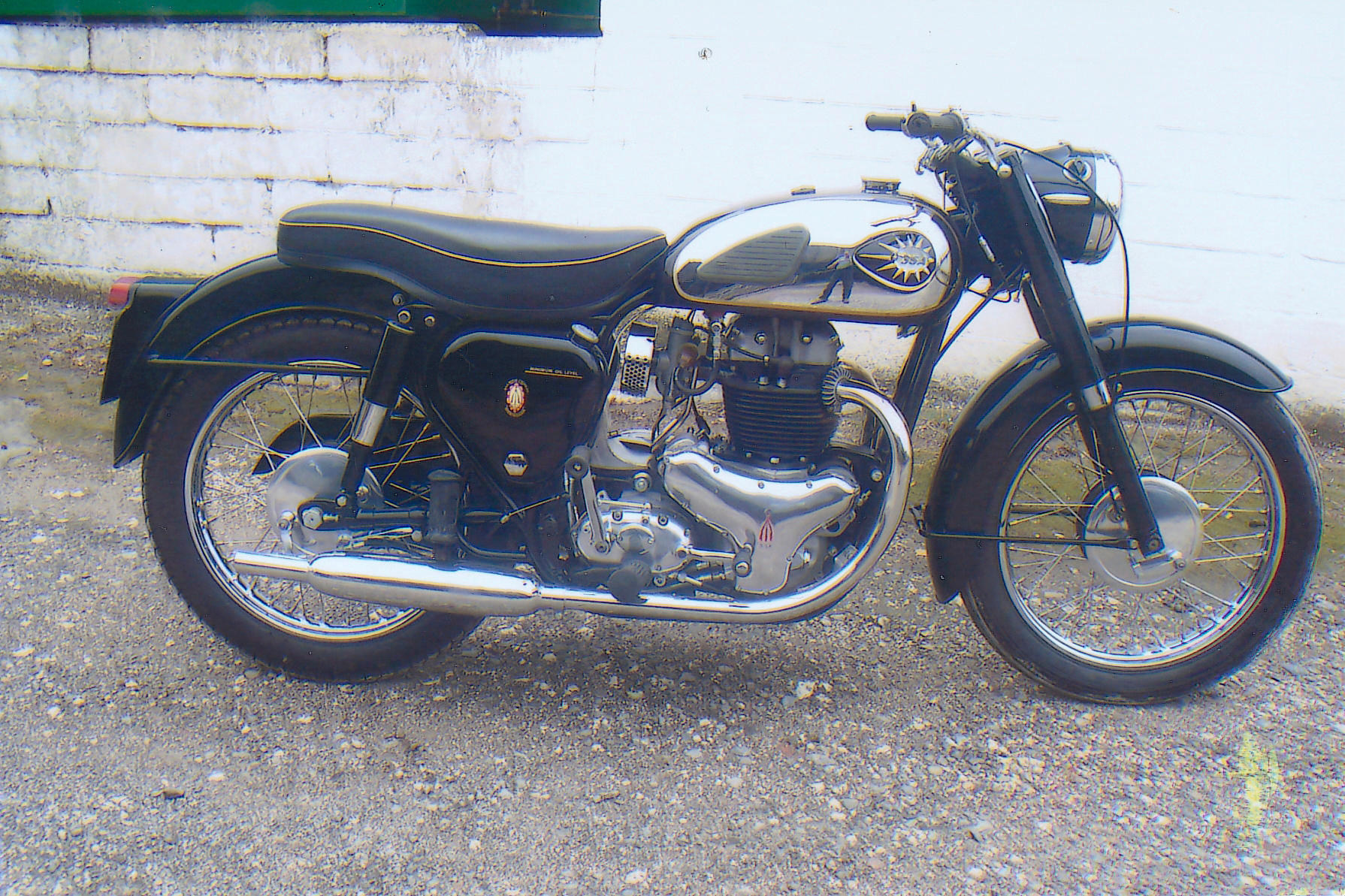
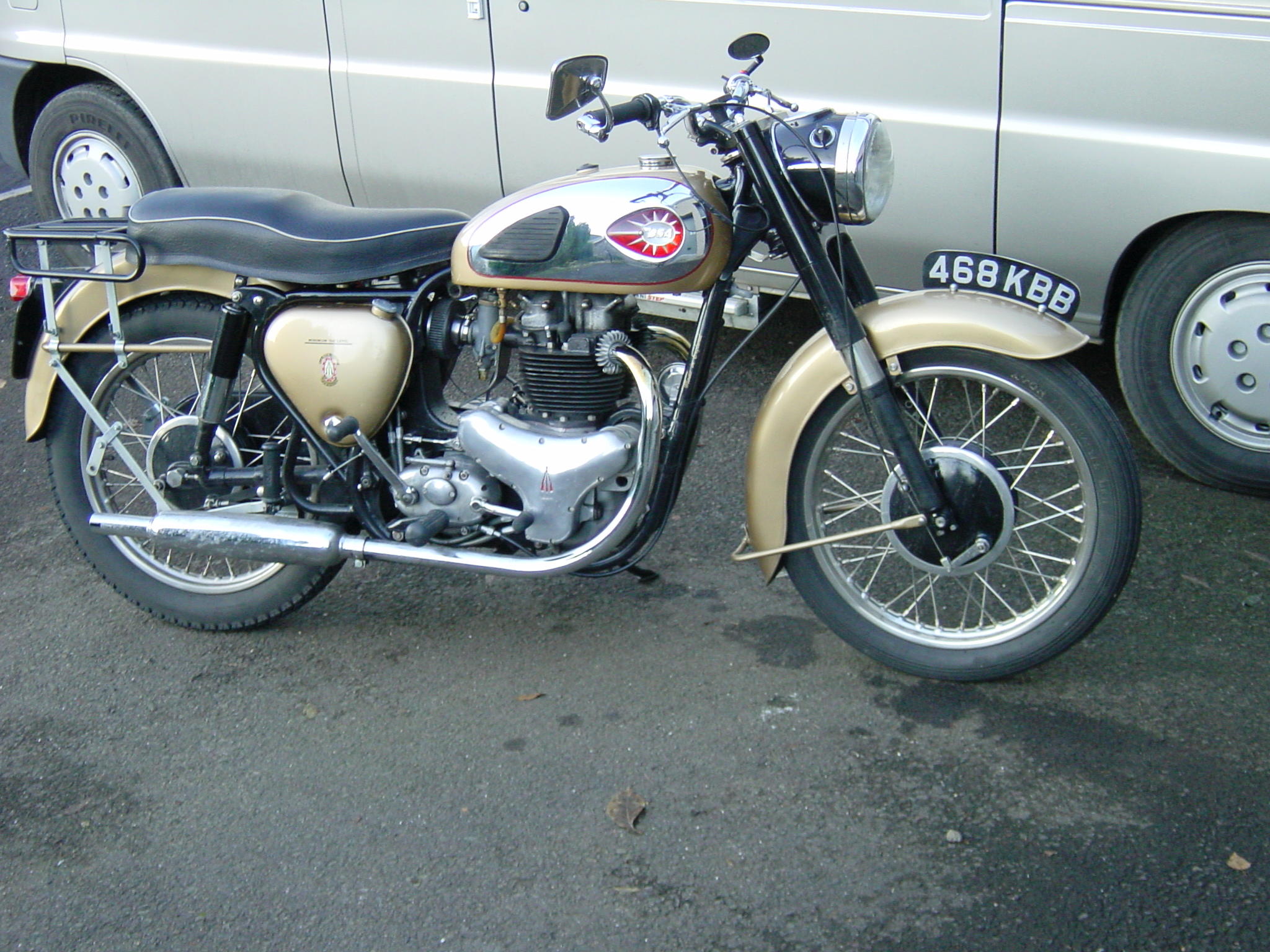
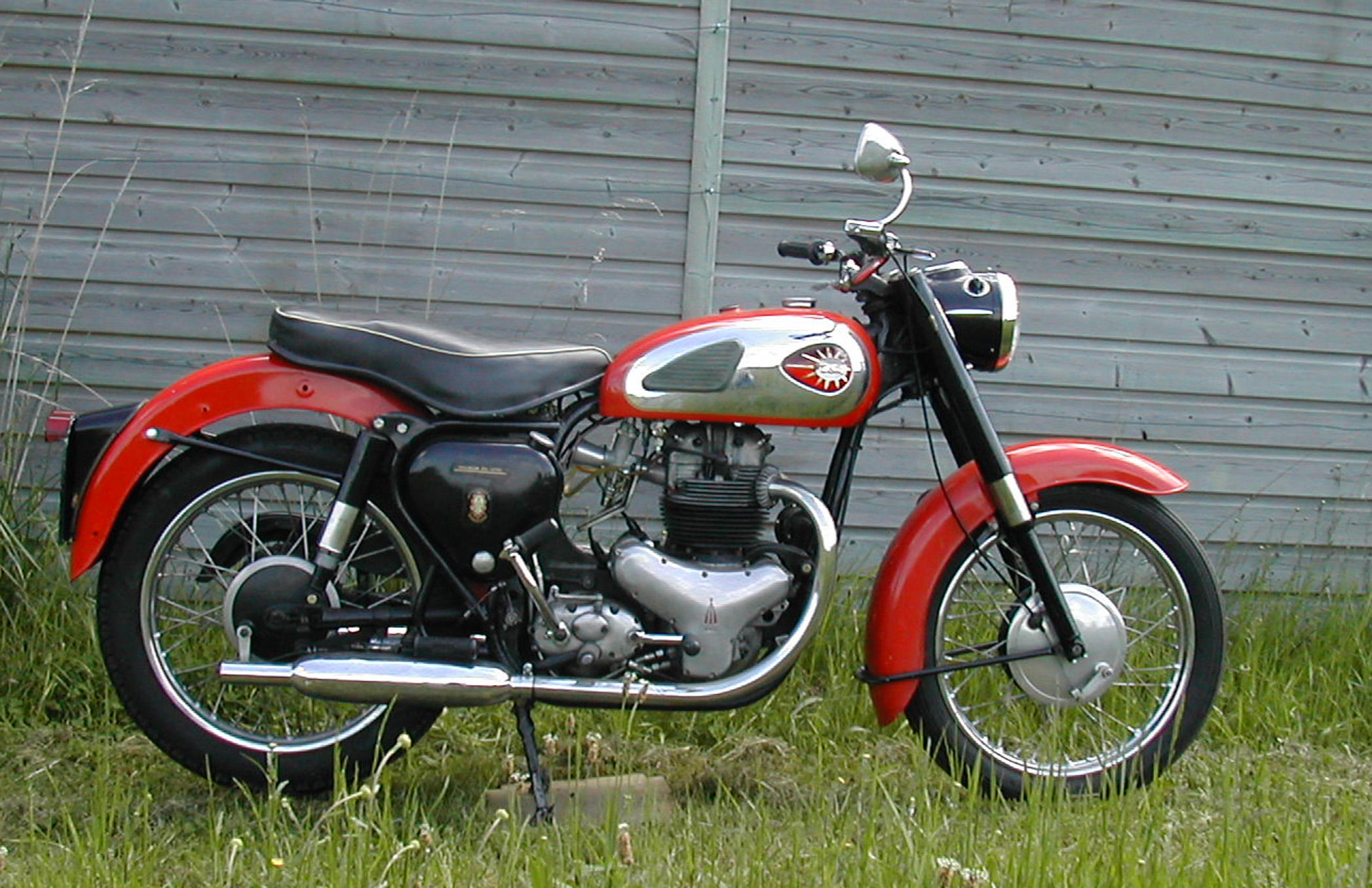
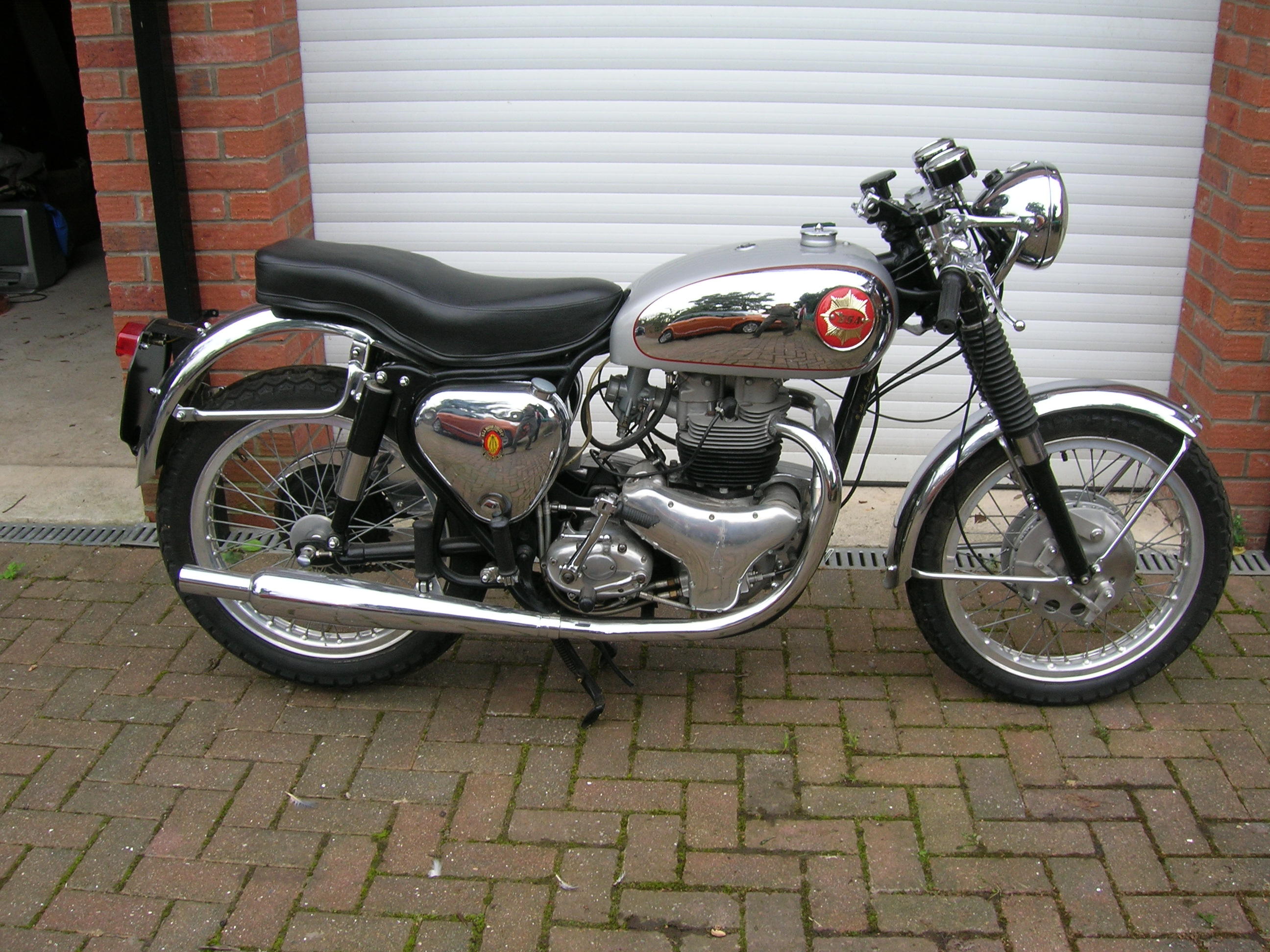
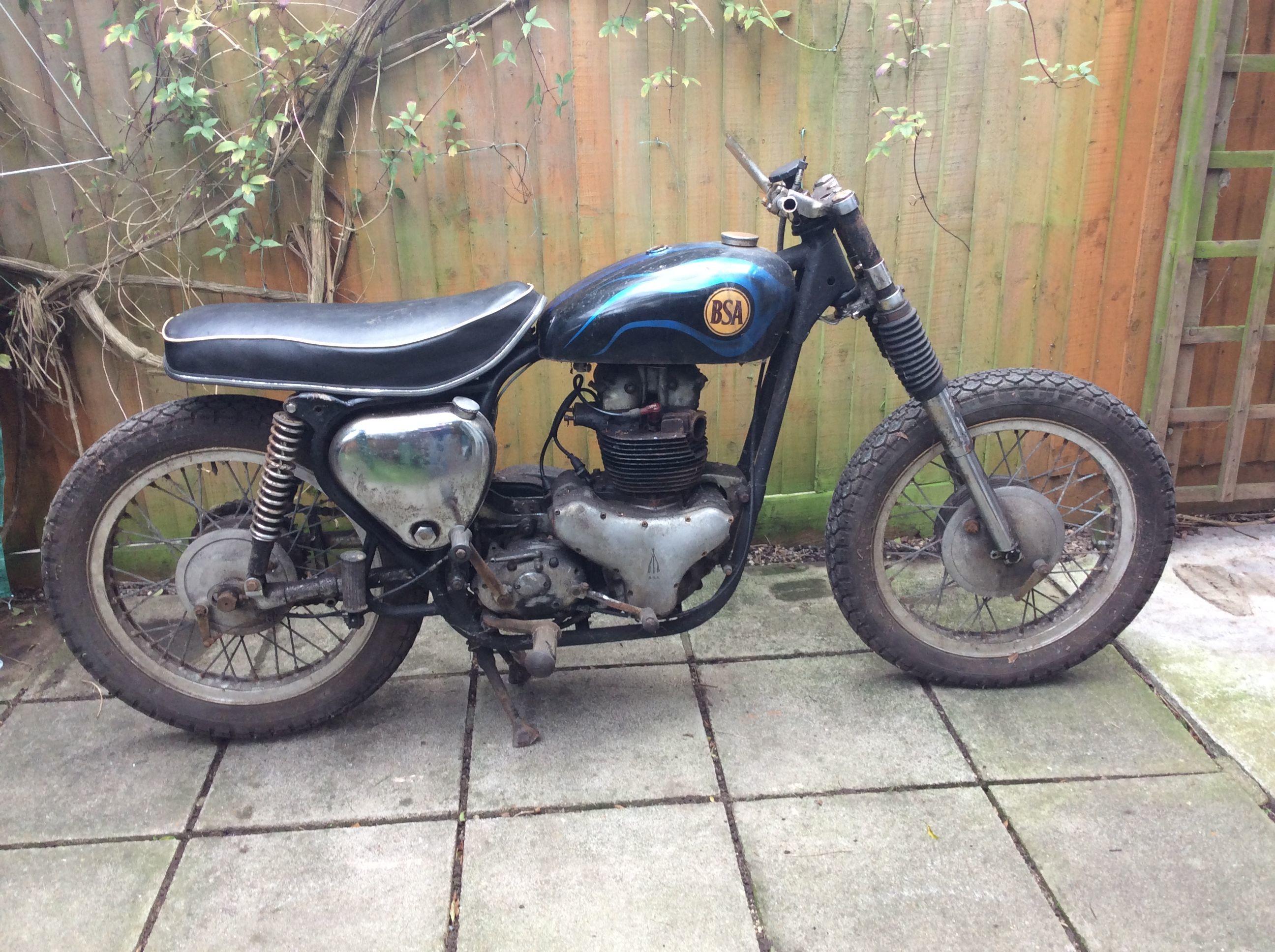
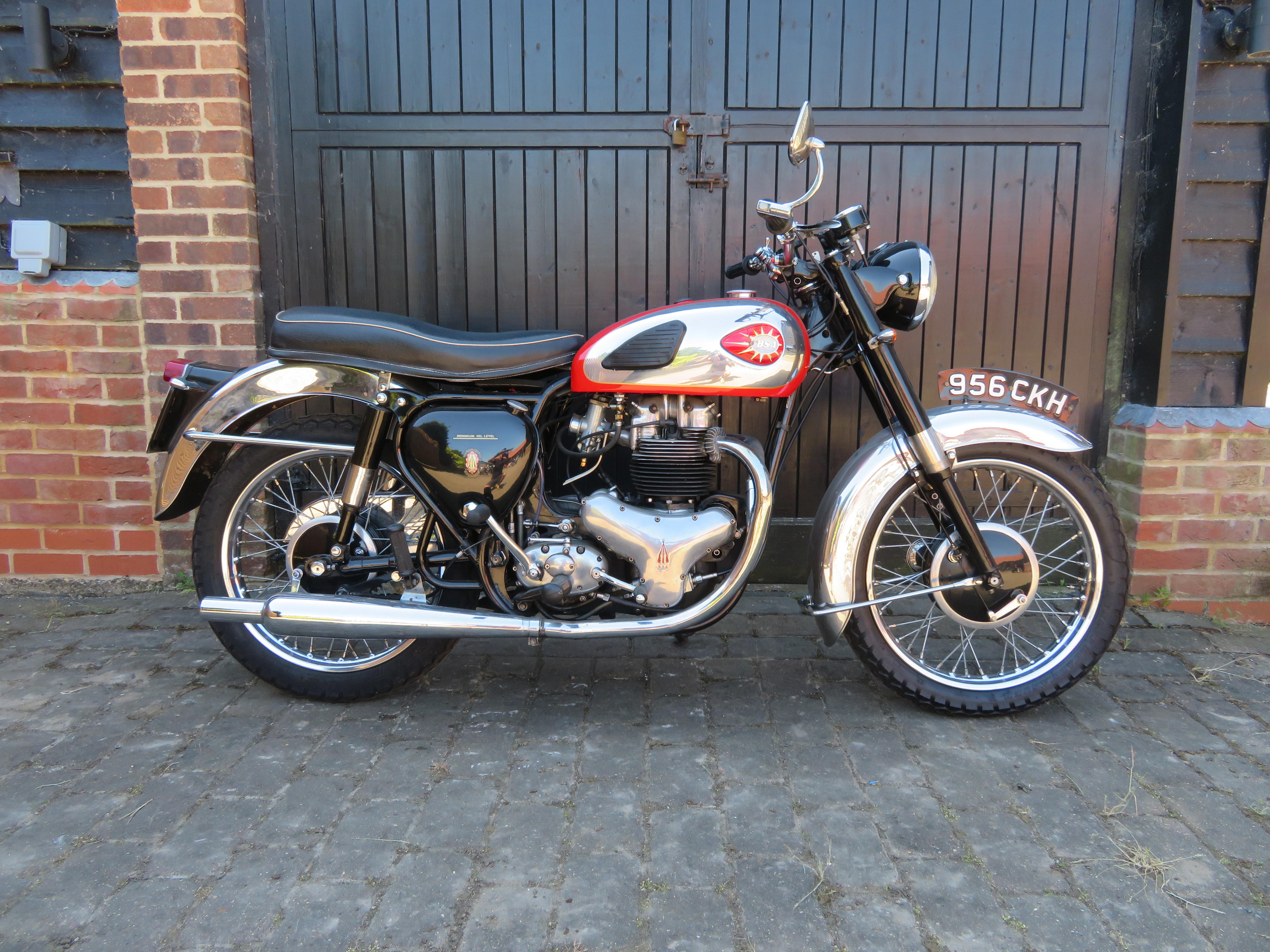
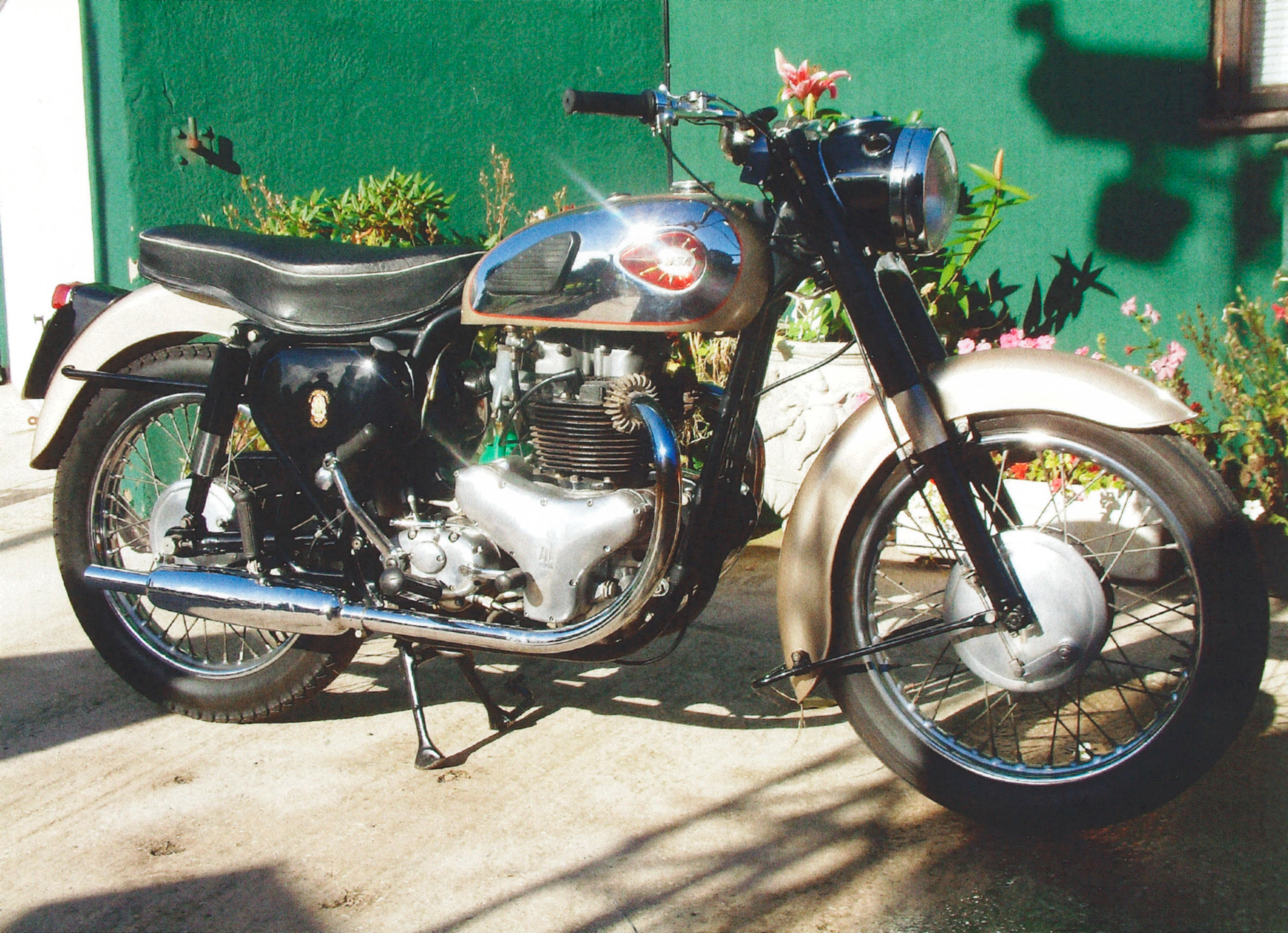
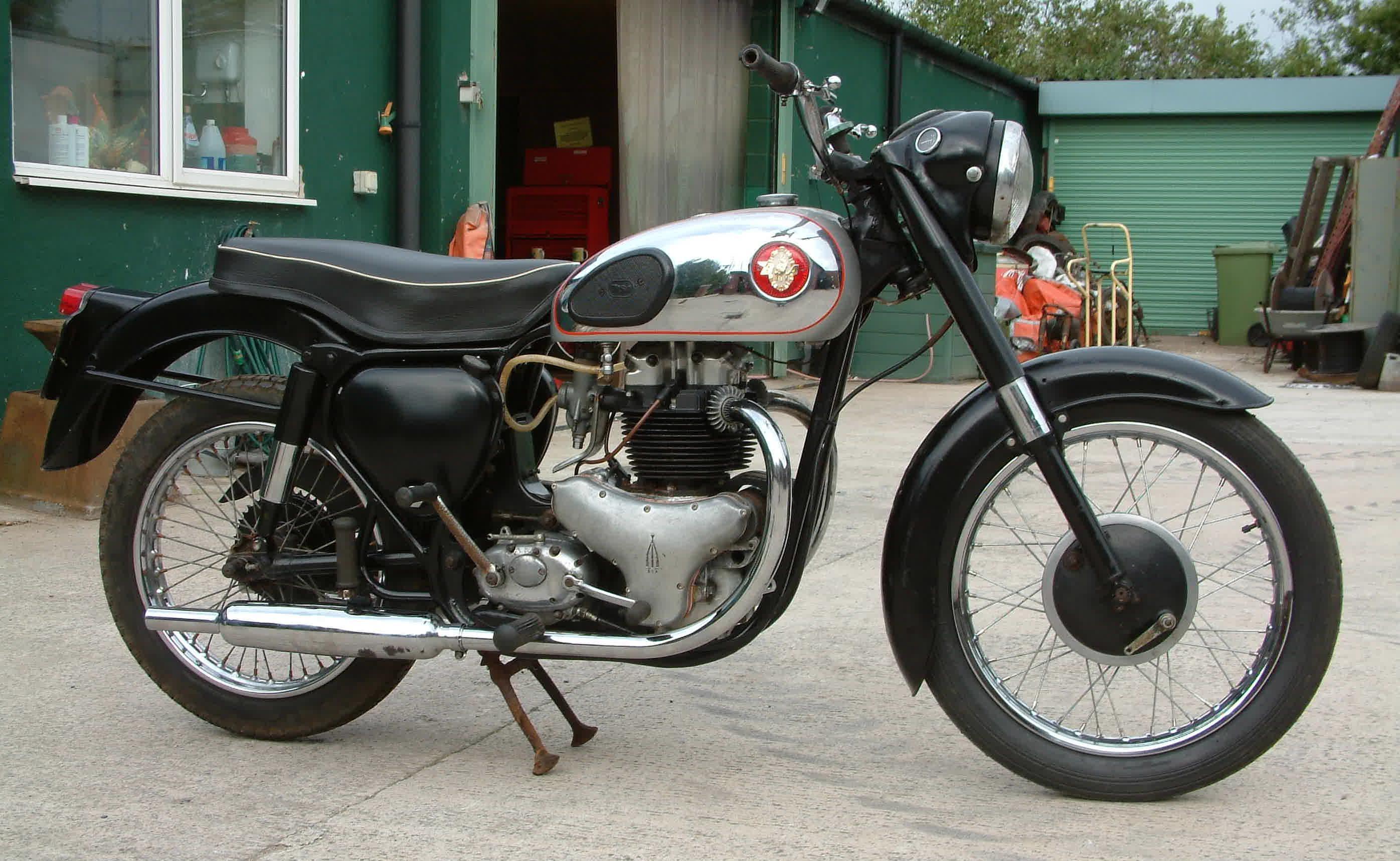
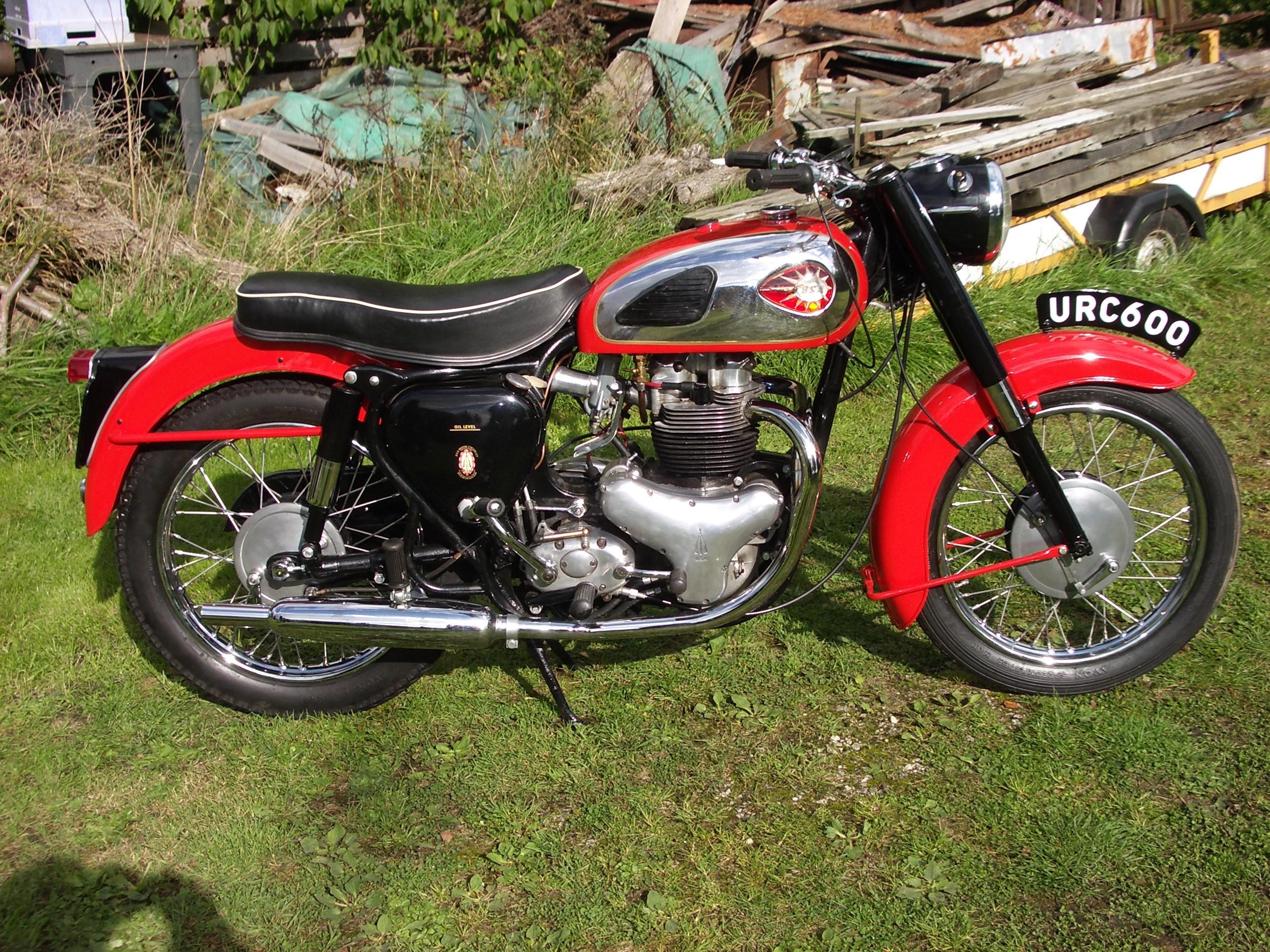

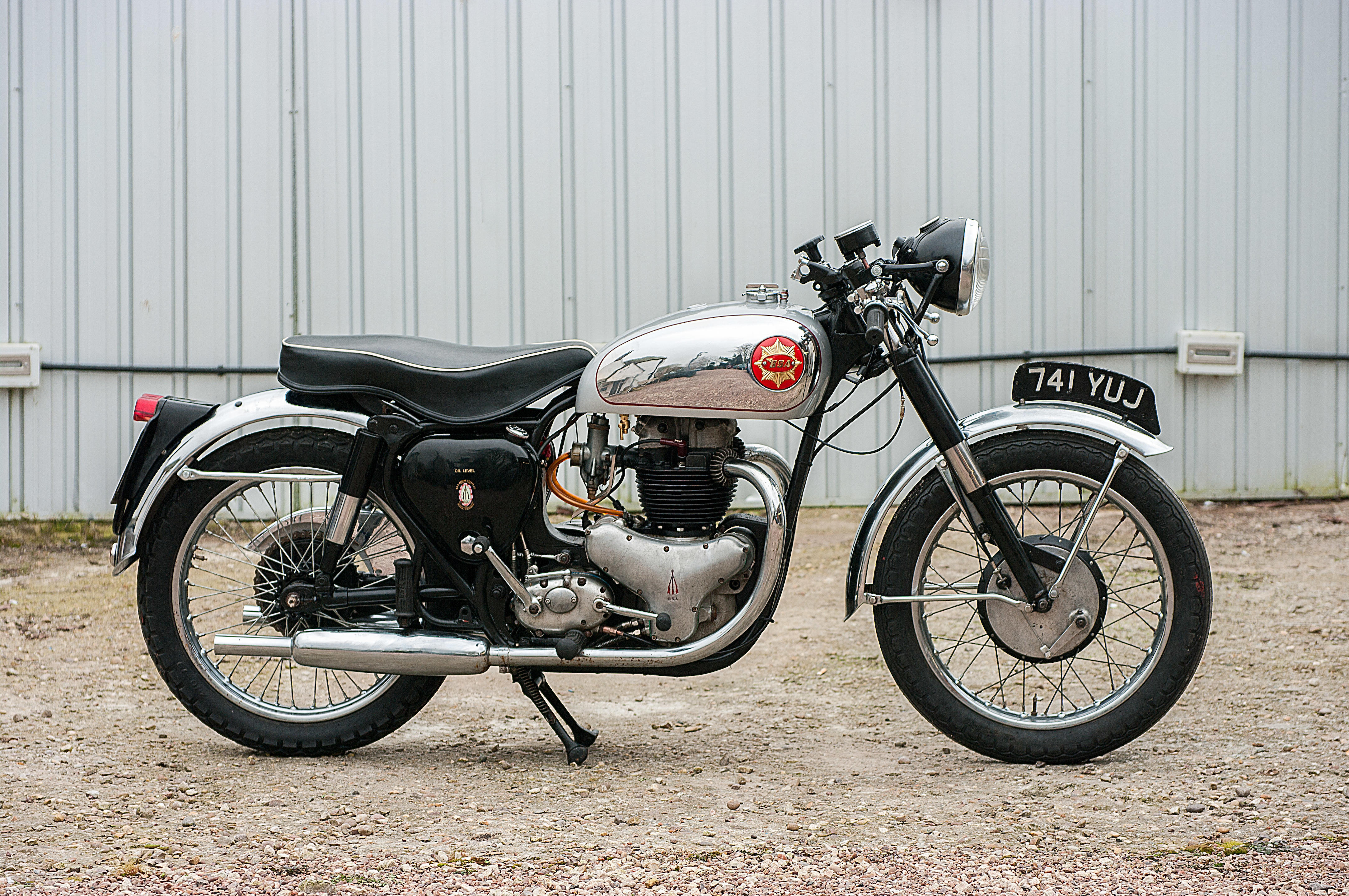
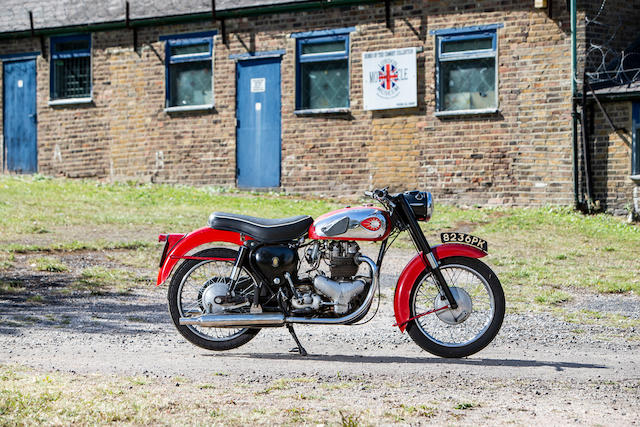
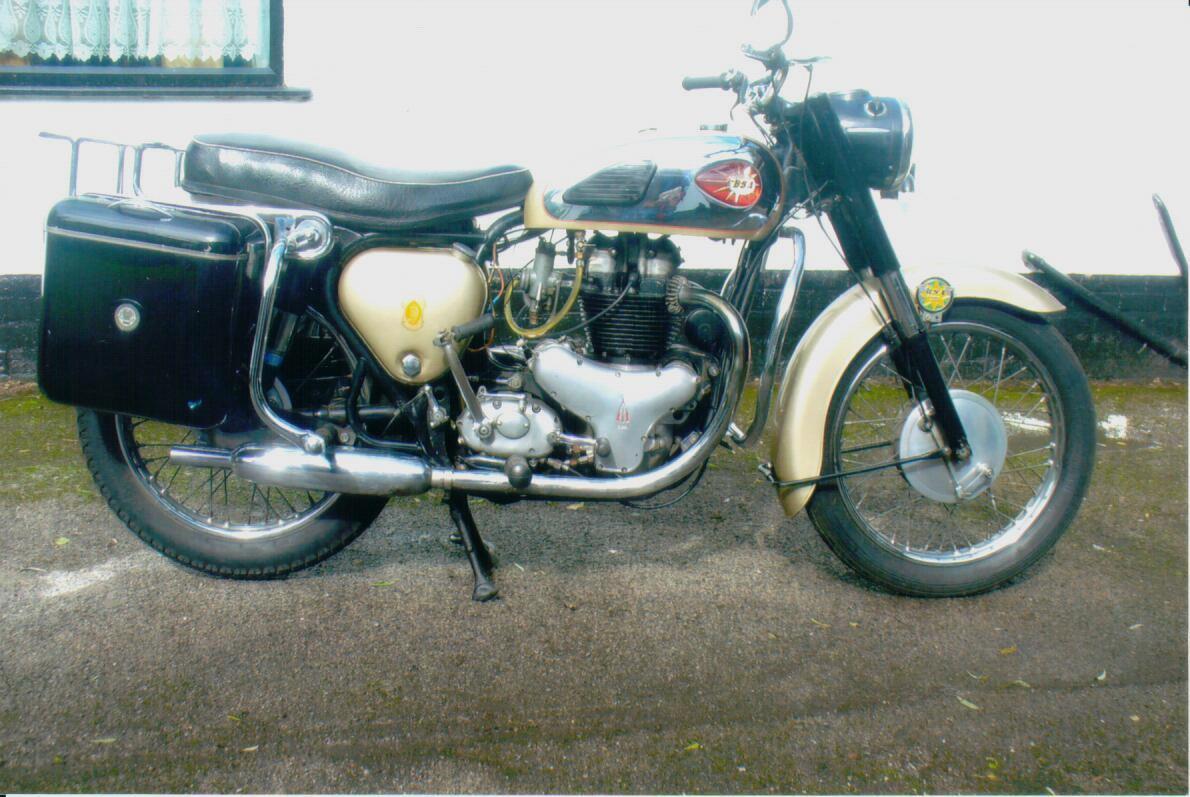
Testen Sie LotSearch und seine Premium-Features 7 Tage - ohne Kosten!
Lassen Sie sich automatisch über neue Objekte in kommenden Auktionen benachrichtigen.
Suchauftrag anlegen